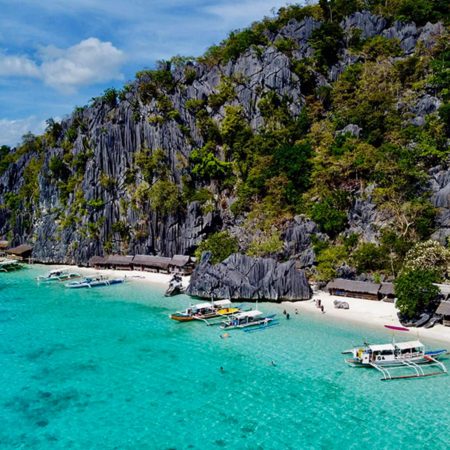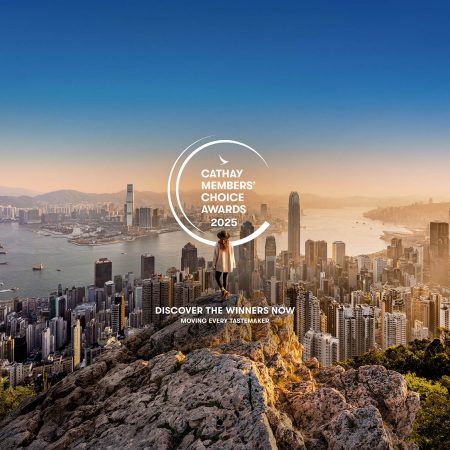The fastest growing place in the Chinese Mainland
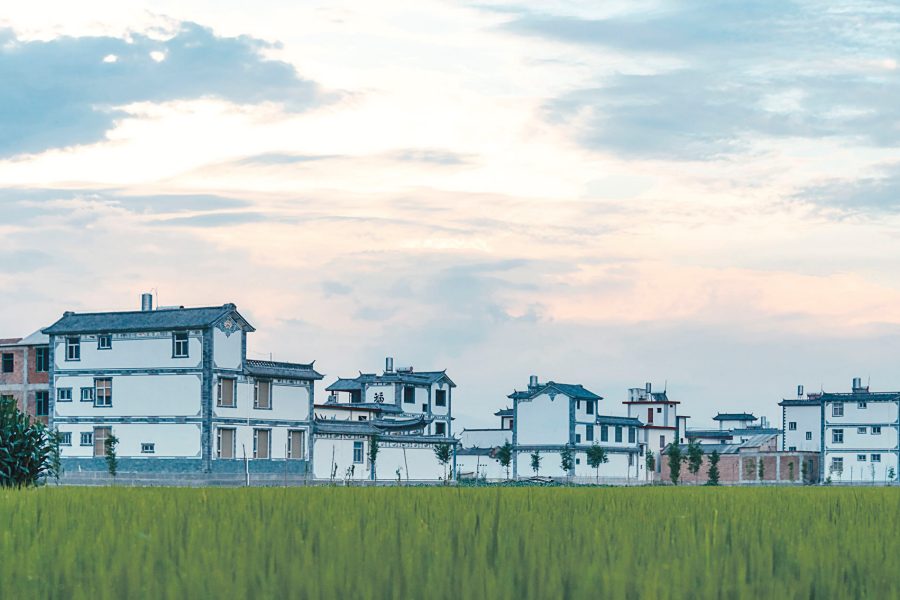
In the very first edition of the Lonely Planet guide to China, more than 30 years ago, Dali in the Chinese Mainland's Yunnan province was brushed aside as ‘a town of little significance’. There are buses from Kunming to Dali, the author noted, ‘but pale faces are soon spotted and turned back’. (At the time, the town was not a sanctioned area for foreign travel.)
But if he had reached the gently tapering fields of Dali, a pastoral world fortressed between a wall of mountains and an alpine lake, and observed the Bai women clad in cobalt blue, progenies of the ancient Kingdom of Dali, trickling spring water over stalls of white rhododendrons, he would have been forced to eat his words. And then the flowers: they are a regional delicacy.
After 1986, when Dali was tacked onto the list of destinations open to overseas tourists, successive guidebook writers soon made amends. Dali was eulogised as a place where ‘foreigners blow rings of sweet-smelling smoke and hazily discuss a new Kathmandu’ (1990 edition). The banana pancakes were soon sailing off the griddles, as enterprising locals gathered up clumps of wild cannabis plants. Dali was China’s backpacker darling.
By 1996, Huguo Lu, a cobbled thoroughfare that bisects the Ming dynasty-era walled town, had mutated into a Woodstock-esque paradise. Known locally as Foreigner Street, it was choked with late-night jam sessions and louche cocktails, like the ‘No.1 Special’ at the Peace Café, run by Jim, a ‘very cool guy’, according to the Lonely Planet.
You can guess what happened next.
Within a few years the Dali chapters started to read like obituaries. Dali ‘was once the place to chill’; ‘loafing for a couple of weeks here was a de rigueur Yunnan experience’. Enough with the past tense.
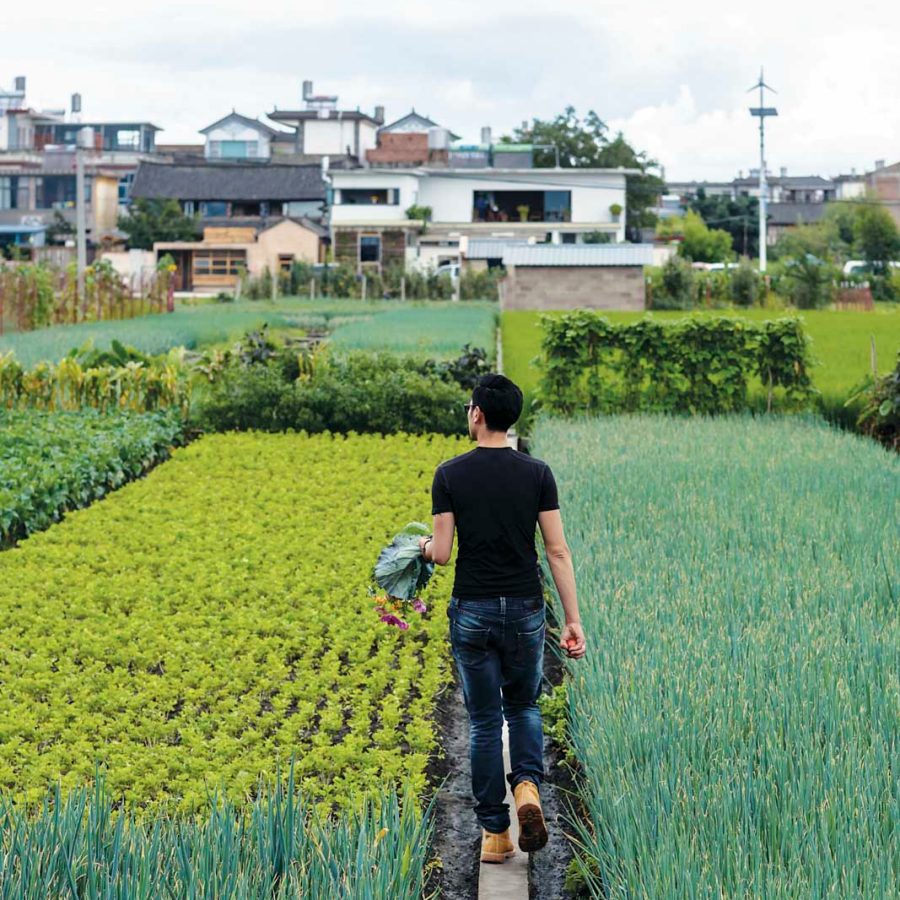
Credit: Gary Ng
Every independent traveller since Marco Polo is dogged by the feeling that they’ve missed the boat/cart/camel. For backpackers, their nirvana is impossibly transient – dirt cheap, little touched by modernity (or other travellers), but with somewhere to get a bed, a beer, a cheap feed and a good time. Gone in the blink of a sweet-smelling cigarette.
In Beijing, where I’ve lived for seven years, I lament the city’s disappearing hutong alleyways and heritage architecture to anyway who’ll listen. One day a friend gave me a book, In Search of Old Peking, in which the British and American authors do exactly the same. It was published in 1935.
But if your eyes get misty with nostalgia you might just miss something special beginning to sprout. And something special is happening in Dali right now.
A little way north of Dali Old Town, among the ghosts of the caravan trails to Lijiang and the sacred Meili mountain range, a white-walled Bai village climbs the rocky slope towards the Azure Mountains. The old stone farmhouses, mostly abandoned, are forlorn and tomb-like. Walking through the labyrinth of tangled pathways is like creeping back in time, and just as I’m ready to give up, a voice calls out from behind a wall.
Inside is a grinning Frenchman, Gil Gonzalez Foerster, and a vegetable garden ablaze with peppers, pumpkins, celery, broad beans, wild green spinach, red spinach, thyme and sage (‘over a dozen tomato varieties’, he notes), and at the heart of it all, his purpose-built kitchen, the engine room of Cassa Bai, a private dining enterprise.
Gonzalez Foerster cooks al fresco for private groups and events – ‘small scale, small profile’ – in between scribbling away on a book about his years working in human rights. What he doesn’t grow himself, he procures from the old market square at Bo Ai Lu in Dali, cycling the 20-kilometre round trip with a Bai woven basket on his back.
‘My landlord said I was wasting my time, that nothing would grow here because the soil under the concrete hasn’t seen the sun for 20 years,’ he says. ‘But this is the second season and look. The rain, the sun – you can grow almost anything in Dali.’
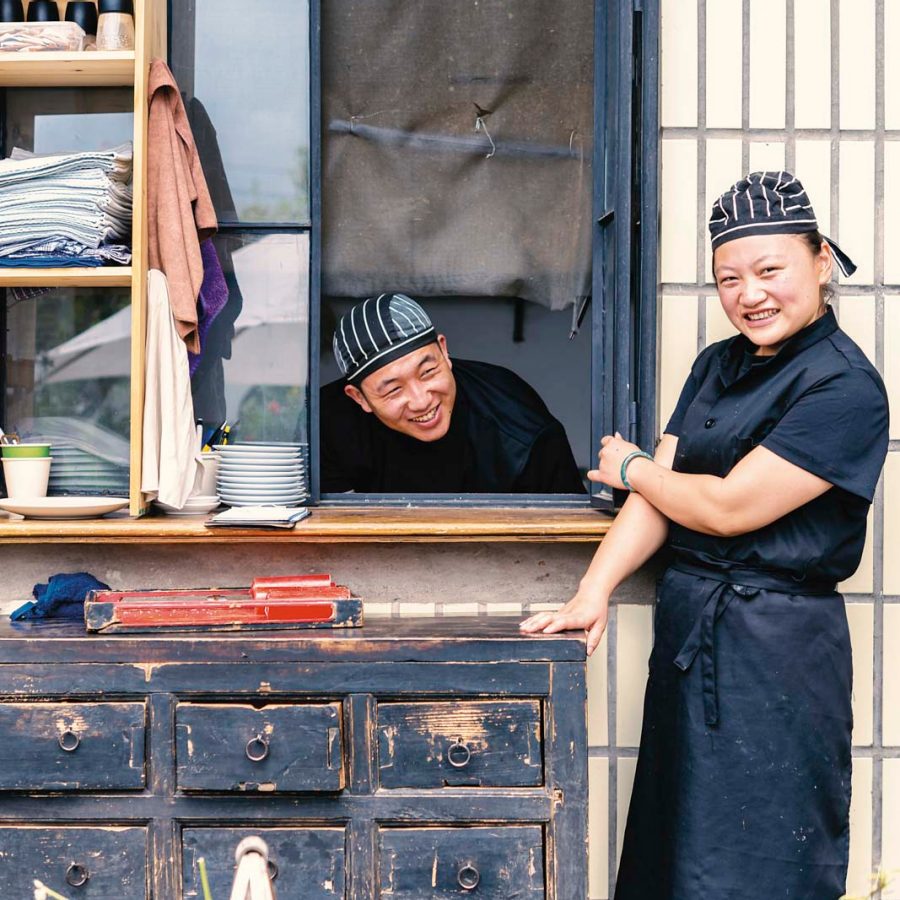
Credit: Gary Ng
His landlord, Mr Li, a Bai farmer and teacher, recently moved to a new concrete house by the road.
‘Until a few years ago, locals here felt these old houses had no value,’ says Gonzalez Foerster. ‘I’ve added plumbing, built a bathroom, fixed the roof.’
He’s not the only one. Dali’s new itinerant community is a far cry from the neon lights of Foreigner Street. They’re part of the fabric of the place. Gonzalez Foerster mentions an Iranian friend living in another village and growing organic lemons, avocados, cherries and artichokes; and a Japanese guy who brews sake and harvests organic rice.
We eat Gonzalez Foerster’s homegrown aubergines, spiked with lime, chilli and cumin, and wrapped in chewy erkuai, a local rice cake. Beside us, a mandarin tree is just coming into bloom, cream and yellow blossoms dancing lightly in the breeze.
‘When friends come to visit,’ he tells me, ‘they don’t bring flowers, but bunches of home-grown parsley.’
There are other, mostly Chinese, urban refugees who have left their hectic city existences for blue skies and a quiet life in Dali. Here they’re known as xindaliren – new Dali folk.
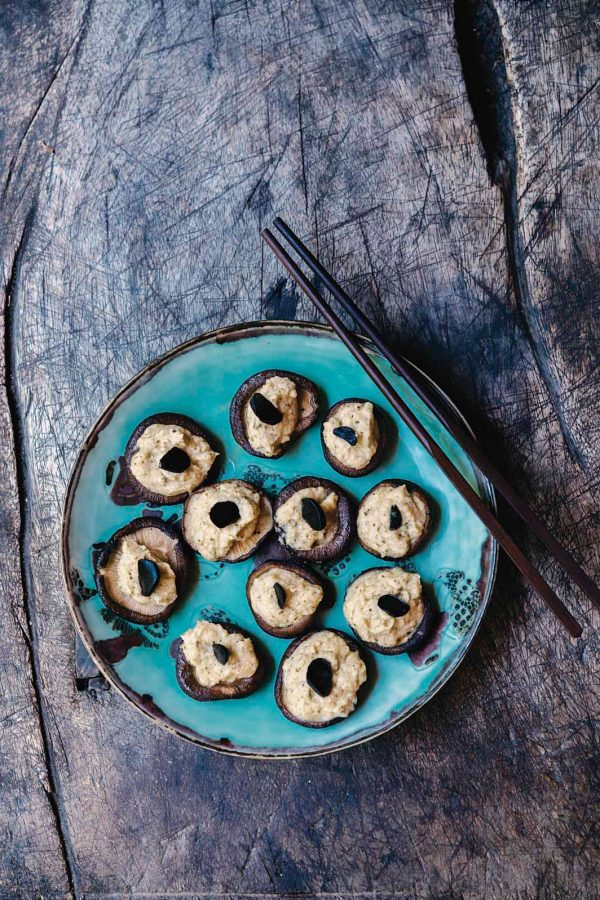
Credit: Gary Ng
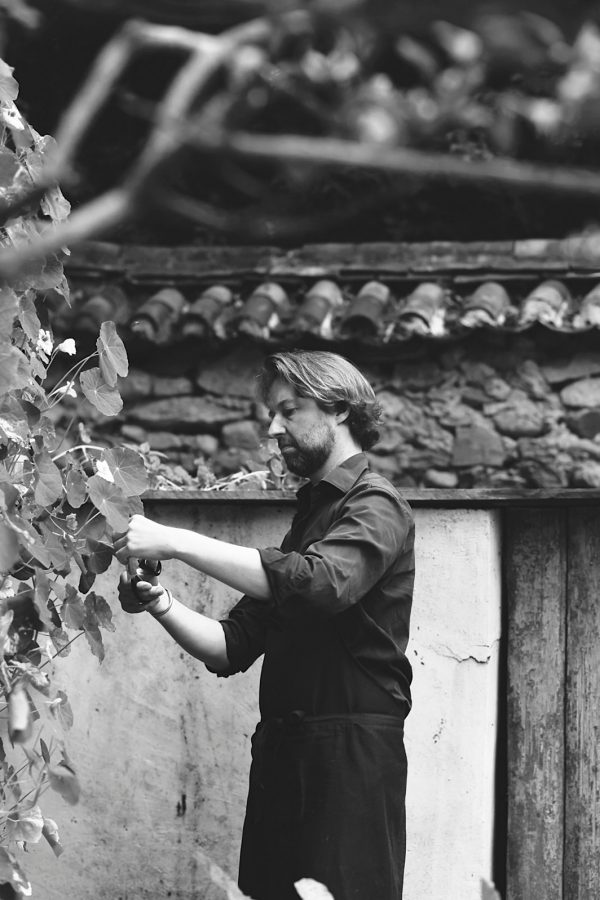
Credit: Gary Ng
This town invites a reverse migration to the open spaces, nature and a decidedly laidback lifestyle. Cooperative schools have sprung up in recent years, operating outside China’s infamously competitive high-school system.
The red-capped tour groups are still here, mostly trudging up and down a couple of commercial streets in the old town. Backpackers, too, but now they are almost exclusively Chinese: boys strumming acoustic guitars along Renmin Lu; girls watching, rapt, with peonies twirled into their hair. The banana pancakes are no more, but instead you’ll find lovingly designed cafés like Bakery 88 in the old town; bars like Bad Monkey, which serves locally made American-style craft beer; and tastefully designed, wallet-friendly guesthouses like Cabin 7 occupying every corner.
Dali has always had an independent spirit and the soul of a frontier region. It’s 2,700 kilometres from Beijing, while Myanmar, Laos and Vietnam are on the doorstep. ‘Heaven is high and the emperor is far away,’ as the saying goes. The Kingdom of Dali (see box, right) stayed independent from China for half a millennium until Kublai Khan and his horsemen found a way through the Azure Mountains.
A century before the first Lonely Planet pioneer had his pale face sent packing, other foreigners were already marvelling at Dali’s diversity. George Ernest Morrison, an Australian traveller arriving in 1905, observing ‘faces plainly European’ among others unmistakably Hindu, Tibetans, Cantonese pedlars and labourers from Sichuan. Today’s xindaliren are just another chapter. Those fleeting, halcyon New Kathmandu years are more like a footnote.
Leaving Erhai Lake behind me as the sun dips, I wander back towards the old town and encounter Greenfield Kitchen, a white-walled, hacienda-style restaurant, selling pastries and perfect cappuccinos from a little window that overlooks fields of gleaming produce. The owners, I learn, came here from a city in Jiangsu province on the opposite side of the country. They also run a farmer’s market, and have a guesthouse across the lake. Well, of course, I think. This is Dali. That’s just what you do.
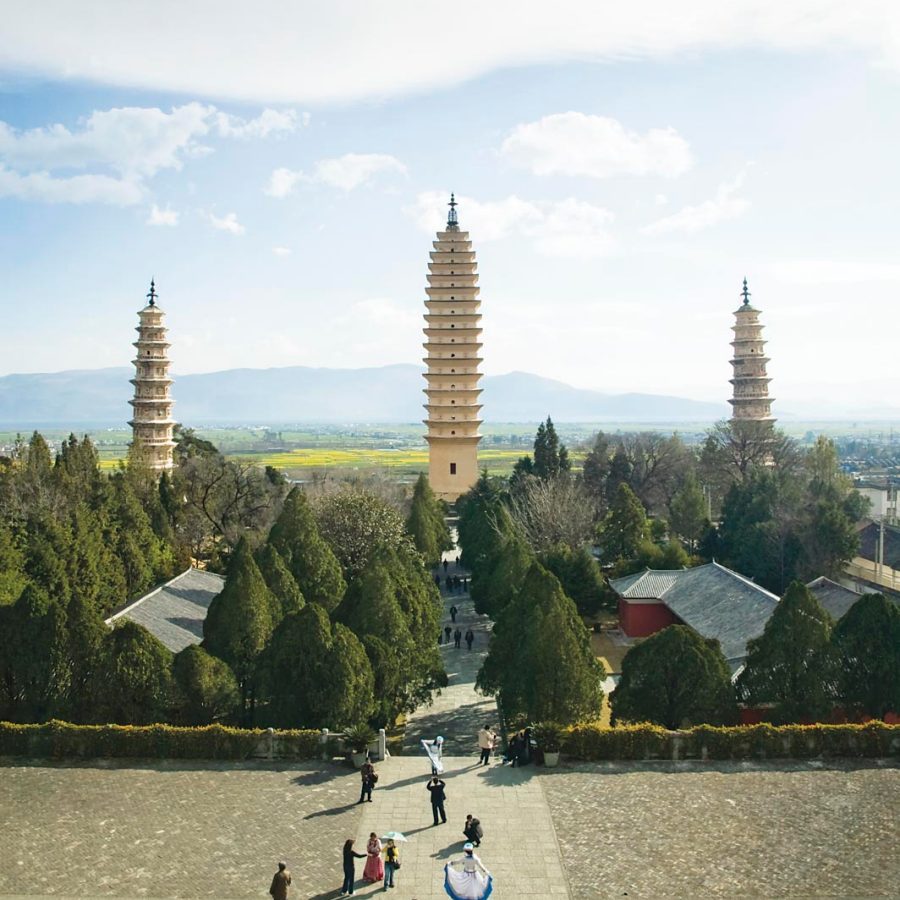
Credit: Walter Bibikow / Getty Images
Dali’s Kingdom
When Dali was the centre of the old world
While it’s now part of the Chinese mainland, Dali has always been a place outside of the system. From 937 to 1253, the city was the centre of the Kingdom of Dali – a mini-empire that covered what is now Yunnan, Guizhou and southwestern Sichuan provinces as well as parts of Myanmar, Vietnam and Laos.
The kingdom had Dali’s natural resources to thank: particularly the Erhai valley, whose large lake kept unwanted visitors out. The kingdom, which lasted longer than both the Ming and Qing dynasties, was eventually conquered during the Mongol Invasion. One very visible legacy of the kingdom is the Three Pagodas – two of the towers were built during the period – which face the west shore of Erhai Lake.
More inspiration
- China – the Chinese Mainland, Hong Kong SAR, Macao SAR and Taiwan Region
- Hong Kong SAR - English
- Chinese Mainland (China) - English
- Taiwan, China - English
- 香港特別行政區 - 繁體中文
- 中国內地 - 简体中文
- 中國台灣 - 繁體中文
- Africa
- South Africa - English
- Asia
- Bangladesh - English
- Korea - English
- Singapore - English
- Cambodia - English
- 한국 - 한국어
- Sri Lanka - English
- India - English
- Malaysia - English
- Thailand - English
- Indonesia - English
- Maldives - English
- ประเทศไทย - ภาษาไทย
- Indonesia - Bahasa Indonesia
- Myanmar - English
- Vietnam - English
- Japan - English
- Nepal - English
- Việt Nam - tiếng Việt
- 日本 - 日本語
- Philippines - English
- Australasia
- Australia - English
- New Zealand - English

